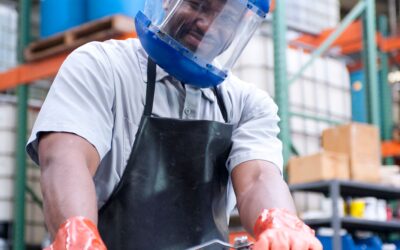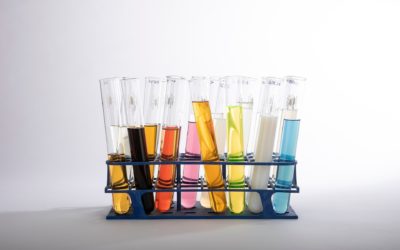Better Samples, Better Reports
A properly obtained lab sample is crucial for accurate analysis and reliable test results. Proper sampling ensures that the sample taken represents the true composition of the sump as closely as possible, which minimizes errors that can skew results. By following time-tested procedures and using appropriate sampling techniques, you can confidently obtain representative samples that will yield meaningful data.
Importance of Clean Sample Containers
Using the appropriate sample container is essential to prevent contamination and maintain the quality of your final report. Avoid using empty drink bottles, shampoo bottles, condiment bottles, or any other containers that will introduce contaminants into your sample. Opt for clean and sterile containers designed for laboratory use.
Steps for Taking a Sample
There are two recommended locations for taking a sample: the nozzle (if it is safe to do so) or the sump.
Nozzle Sample
- Circulation: Before taking a sample, allow the coolant to circulate for a few minutes (longer if the machine has not been in use on the day of sampling).
- Sample: After adequate circulation, turn off the flow of coolant and safely open the doors. It’s recommended to collect at least 8 oz (250 ml) of coolant unless instructed otherwise by your lab. Some machines allow for coolant to be “on” while the machine doors are open; this can speed up the process. Please respect all normal machine safety protocols while collecting a sample.
- pH and Refractometer Readings: Take pH and refractometer readings immediately after collecting the nozzle sample. Document these readings accurately on the QualiChem Laboratory Service Request (LSR) form or any other provided report format.
Machine Sump Sample
- Circulate: Before taking a sample, allow the coolant to circulate for a few minutes (longer if the machine has not been in use on the day of sampling).
- Clear the Surface: Most coolant tanks/sumps will have a layer of tramp oils floating on the coolant. In most cases, the tramp oil layer should be removed or brushed aside before taking a sample.
- Sample: Unless you’re troubleshooting tramp oil specifically, collect a sample below the tramp oil layer. Use a clean container to gather at least 8 oz (250 ml) of coolant unless instructed otherwise by our lab.
- pH and Refractometer Readings: Take pH and refractometer readings immediately after collecting the sump sample. Document these readings accurately on the QualiChem Laboratory Service Request (LSR) form or any other provided report format.
Once you have taken the necessary samples and recorded the readings, complete the rest of the report and ensure all required information is included. Send the samples to the lab using expedited shipping (within 2 days) to prevent exposure to extreme temperatures, which can affect the quality of your test results.
By following these steps, you can ensure that your lab samples accurately represent the fluid in your machine. This will help maintain the reliability of your test results. If you have any questions regarding how to properly collect a lab sample, contact us today. We are here to help you optimize your metalworking processes.



